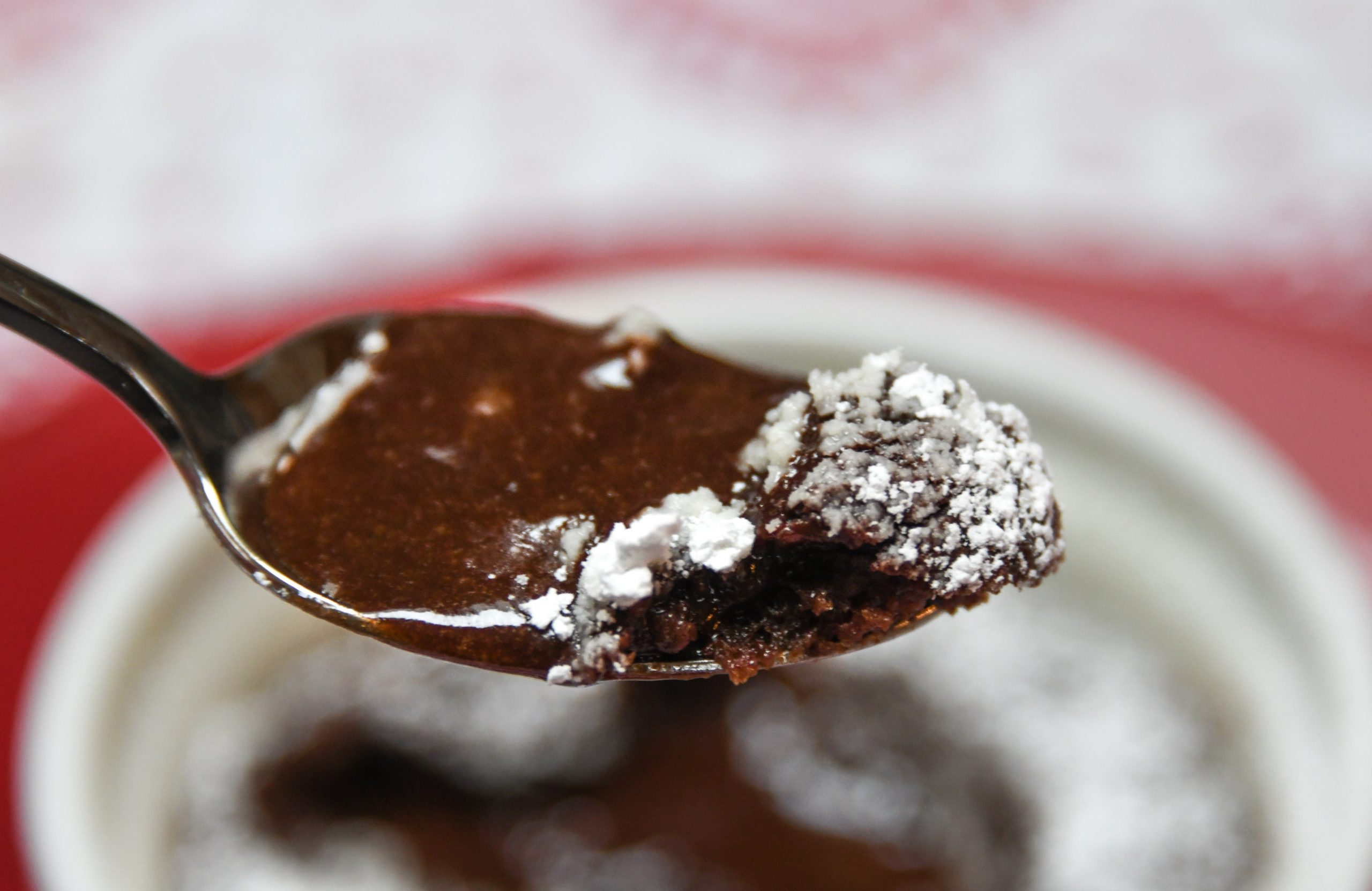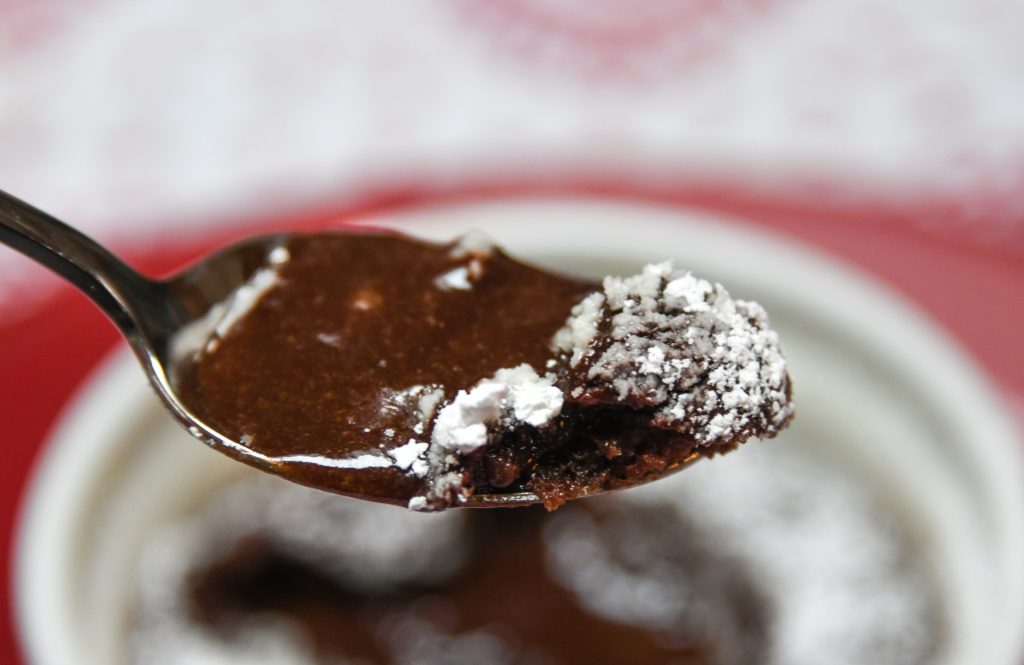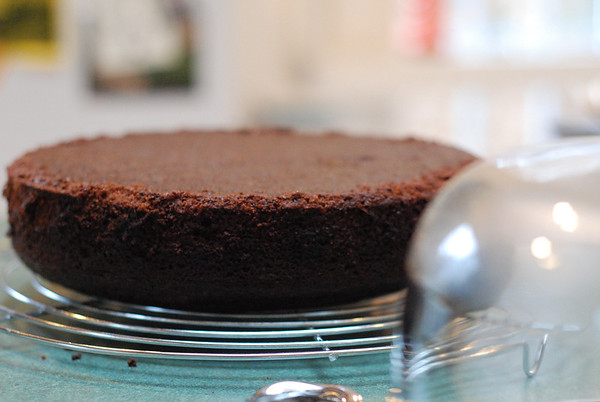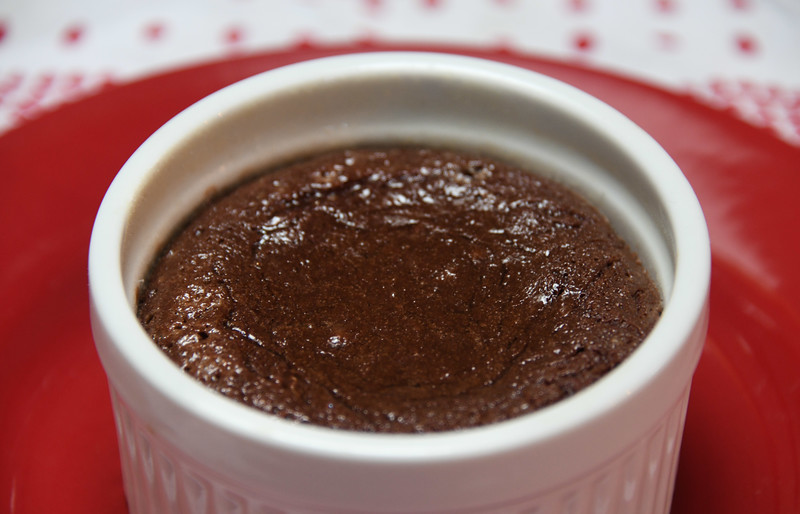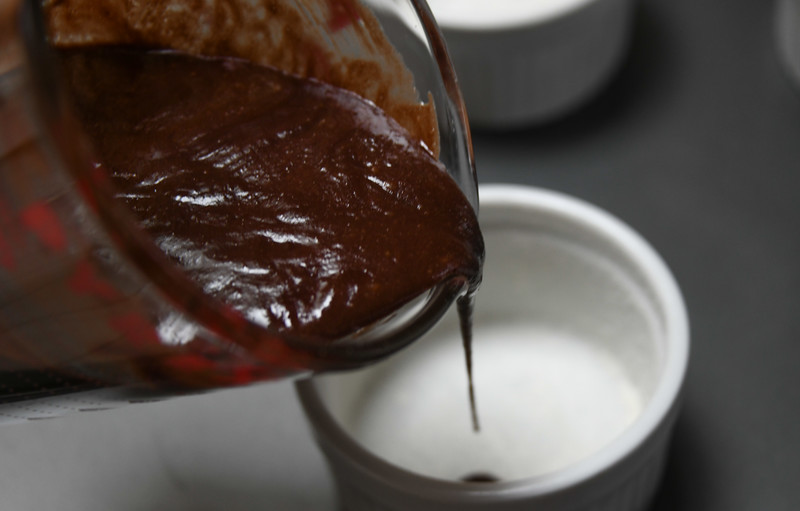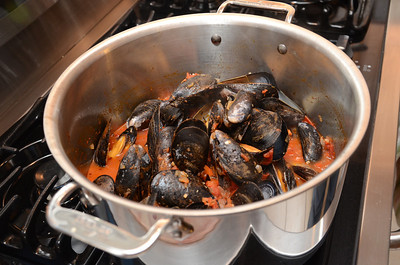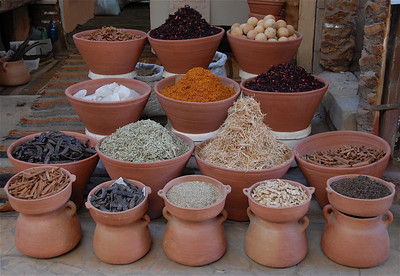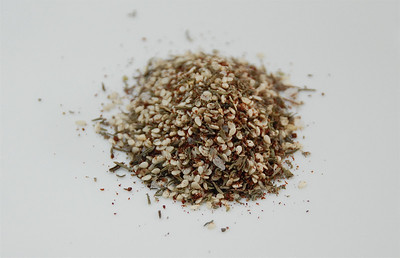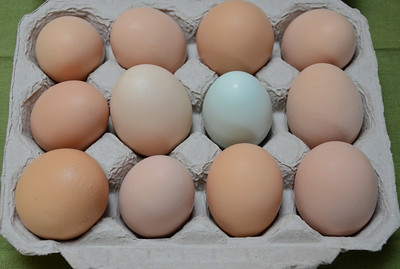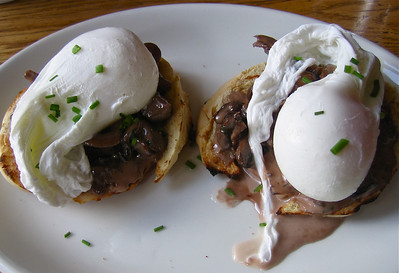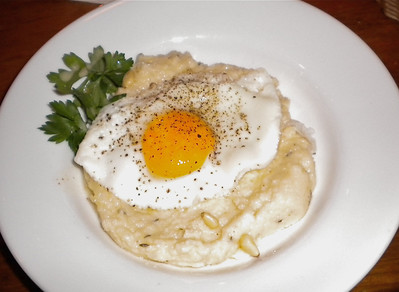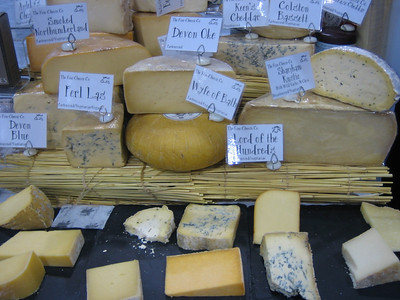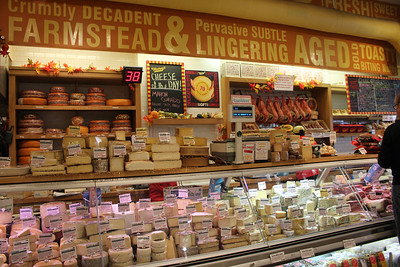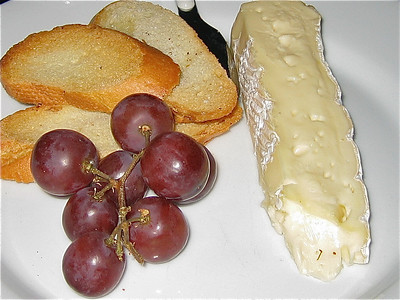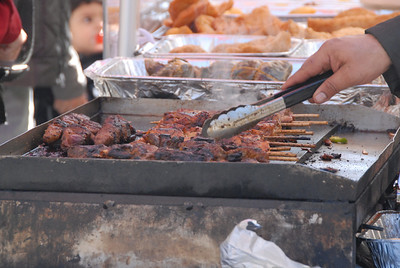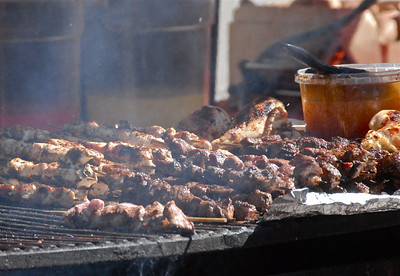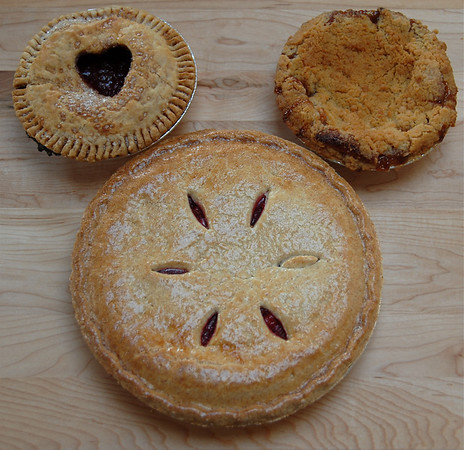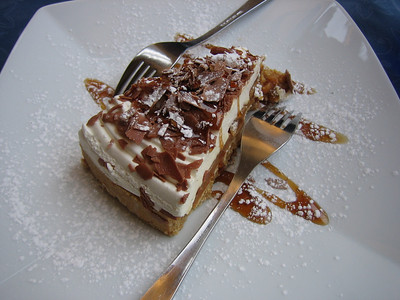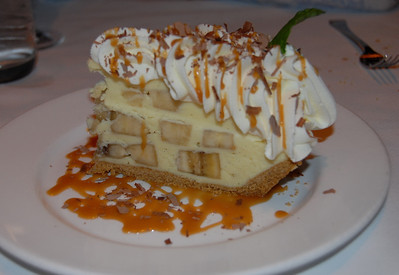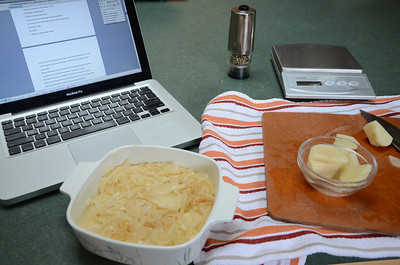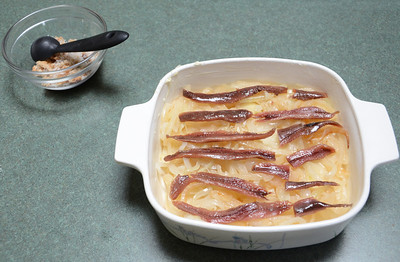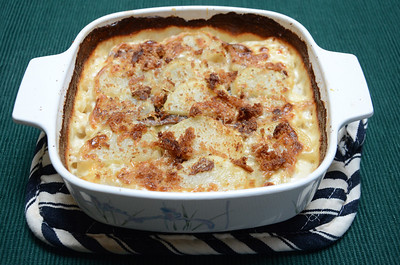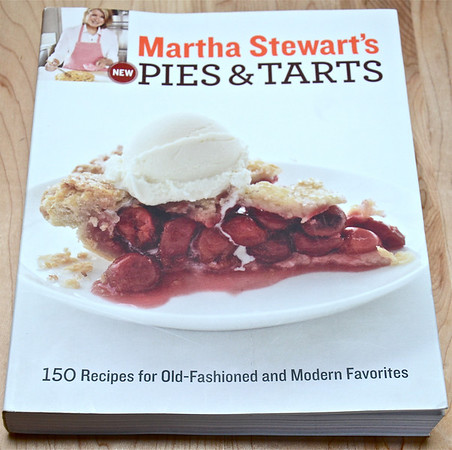
Growing up, I had little respect for the pumpkin. Blame it on lack of exposure. It showed up once a year in my mother’s Thanksgiving pie and then quickly disappeared from our menus and my mind. If I did see it more than once, it was usually at Halloween. At that time it was carved up, stuffed with a candle and dumped unceremoniously on our doorstep only to be forsaken after the holiday. It’s no wonder I now feel a bit sorry for pumpkins.
A part of the gourd family, which also claims cucumbers and melons as members, the pumpkin hails from the Americas. Sensitive to cold in spite of its tough skin, it requires temperate weather, regular watering and lots of space to flourish. As evidenced by a predicted pumpkin shortage in the Northeast, it does not fair well in floods or hurricanes.
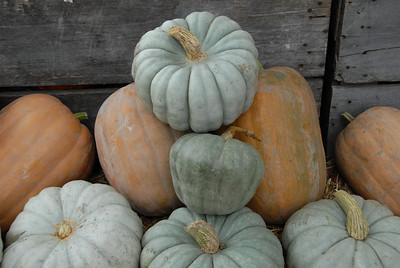
What to do once a hefty, blemish-free pumpkin had been bought from a local farm stand or plucked from my parents’ garden used to baffle me. Cleaning and chopping this unwieldy ball without severing a finger, well, that seemed next to impossible. Then there were the quantity questions. How much pumpkin would I get from a whole pumpkin? What was the weight/quantity difference between raw versus cooked? Fresh versus canned? No wonder my mother stuck with dessert recipes calling for canned pumpkin.
To answer these pressing questions, I consulted my dog-eared copy of The Joy of Cooking (Scribner, 1997). According to Rombauer, Rombauer Becker and Becker, one pound of pumpkin provides 13 ounces of trimmed meat. Cooks should allot 8 to 12 ounces of untrimmed pumpkin per serving.
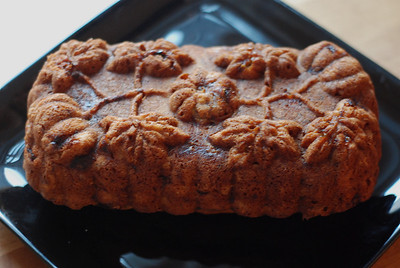
That left the mystery of what to do with my pumpkin. Much of the world uses it in savory and sweet dishes. The French put it in soups and in bread, pain de courge, which is consumed at breakfast or as a snack. For breakfast, Cypriots may choose kolokotes, a small pie resembling a Cornish pasty, filled with chopped pumpkin and golden raisins. Caribbean cooks pair it with chilies and legumes and use it in hearty, fragrant stews. Moroccans dine on couscous dotted with chunks of pumpkin, and Turks end their dinners with bowls of pumpkin poached in a simple syrup and topped with pistachios or walnuts.
Me? I like to put it in curries, breads, puddings and, of course, soup.
PUMPKIN SOUP
I find this works perfectly without the addition of cream but if I feel like dressing up or stretching the soup, I will add a few tablespoons right before serving and claim that tonight I’m featuring “pumpkin bisque soup.”
Serves 6 to 8
4 tablespoons butter
1 white onion, diced
3 cloves garlic, chopped
1½ tablespoons dried thyme
½ cup apple cider
2 quarts chicken or vegetable stock
2 large potatoes, washed, peeled and chopped
1 pound, 13 oz can of pure pumpkin
1 tablespoon onion powder
1 tablespoon garlic powder
2 tablespoons honey
Salt, to taste
Freshly ground black pepper, to taste
⅛ to ⅓ cup whipping cream, optional
Creme fraiche, optional
Melt the butter in a medium-sized saute pan. Add the onion and saute until soft. Add the garlic and thyme and cook until the onion becomes translucent and the garlic golden but not dark brown.
Pour the cider, stock, potatoes, pumpkin, onion powder, garlic powder, honey and garlic-onion-thyme mixture into a large stockpot. Bring to a boil then lower the temperature to medium-low. Simmer for 40 minutes, adding water if soup boils down too much.
Using a blender or food processor, puree the soup in batches, placing the finished soup in a clean stockpot. Once it has been pureed, add salt and pepper to taste. If adding cream, do so at this time, then simmer over low for another 5 to 10 minutes.
Ladle into warmed bowls and top with a dollop of creme fraiche.
